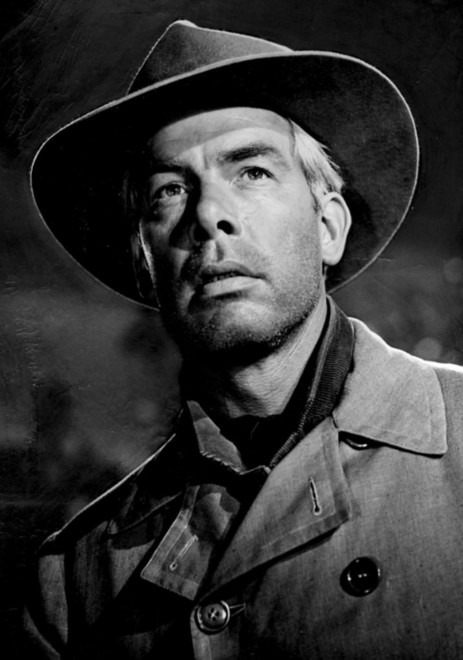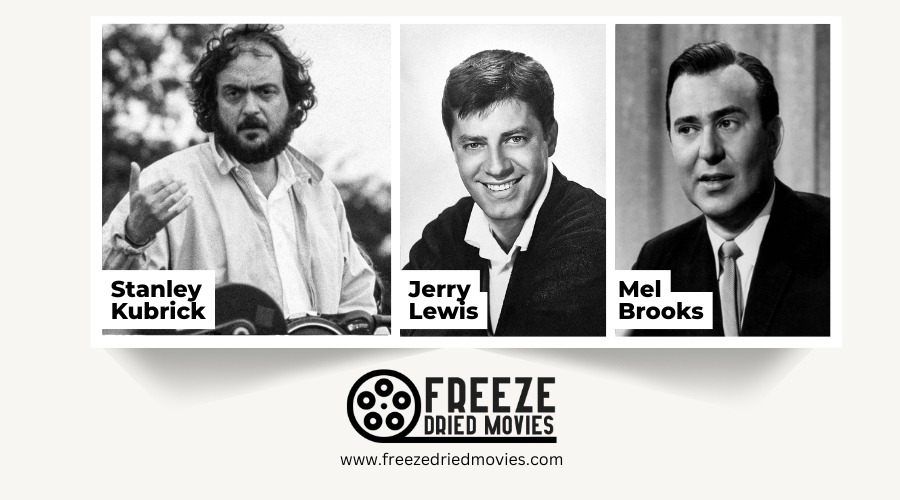Lee Marvin: The Rugged Rebel of Western Film and TV

Lee Marvin brought authentic grit to Western cinema, drawing on his real-life experience as a Marine scout sniper in WWII. You'll recognize his intimidating presence in classics like "The Man Who Shot Liberty Valance" and his Oscar-winning dual role in "Cat Ballou." Marvin elevated both villains and anti-heroes through his nuanced portrayals and collaborations with legendary directors like Ford and Siegel. His tough exterior often masked surprising character complexity.
Key Takeaways
- Lee Marvin's authentic intensity drew from his Marine scout sniper experience during WWII, where he earned a Purple Heart.
- His Oscar-winning dual role in "Cat Ballou" (1965) showcased his versatility beyond typical Western villains.
- Marvin created unforgettable antagonists like Liberty Valance, bringing complexity and menace to Western film archetypes.
- His collaborations with directors Don Siegel, Budd Boetticher, and John Ford elevated the Western genre.
- Marvin mastered portraying vulnerability beneath tough exteriors, transforming potentially flat characters into multi-dimensional figures.
Lee Marvin: The Rugged Rebel of Western Film and TV
You'll find Marvin's brilliance in his collaborations with Western maestros Don Siegel, Budd Boetticher, and John Ford—partnerships that elevated his status as a versatile performer. His portrayal of the menacing Liberty Valance in "The Man Who Shot Liberty Valance" remains an unforgettable antagonist in cinema history. Unlike John Wayne who epitomized the hero archetype with moral integrity in Westerns, Marvin excelled at playing complex villains and anti-heroes.
Marvin's exceptional range culminated in his Oscar-winning performance in "Cat Ballou," where he masterfully played dual roles as a drunken cowboy and his evil twin, establishing himself as the quintessential Western tough guy.

From Marine Sniper to Hollywood Tough Guy
Long before Lee Marvin became a Hollywood icon, he forged his tough-guy persona on actual battlefields, serving as a Marine scout sniper during World War II. The Marine Corps veteran participated in 21 amphibious assaults and earned a Purple Heart before migrating to New York City's budding theater scene.
This real-life war experience infused authenticity into Marvin's performances, whether playing the comedic gunfighter Kid Shelleen, the intimidating Tim Strawn, or John Wayne's foil in "The Man Who Shot Liberty Valance." What you see in Marvin's performances isn't mere acting—it's the genuine confidence of a man who'd faced real danger.
His military background gave him a commanding presence that made him perfect for Westerns, bringing a big, believable intensity to every character he portrayed. Unlike John Wayne who spent years in B-grade Westerns developing his screen persona, Marvin's authenticity was forged in actual combat.
The Villainous Years: Marvin's Early Western Antagonists
A compelling villain needs something extra—a dangerous edge that makes viewers believe the threat is real—and Lee Marvin delivered this quality in spades during his early Western career. His Western debut came in 1952 as the villainous Tinhorn in "Duel at Silver Creek," quickly followed by his antagonist role as Lt. Bainter in "Hangman's Knot" that same year.
His villainous trajectory reached its peak in 1962 with his breakout performance as the charismatic outlaw Liberty Valance in "The Man Who Shot Liberty Valance"—a role that cemented his reputation as one of Hollywood's most magnetic antagonists.
You'll notice Marvin's villain roles intensifying when he played a henchman in 1953's "The Stranger Wore a Gun." By 1961, he'd evolved into more complex characters, portraying the partially scalped outlaw Tully Crow in "The Comancheros."
Marvin's performance in "The Man Who Shot Liberty Valance" put him in the company of James Stewart, who was considered one of the most talented actors in the Western genre with over 25 films to his credit.

Oscar Gold: How Cat Ballou Changed Marvin's Career
While Lee Marvin had established himself as a formidable screen villain throughout the 1950s and early 1960s, his career trajectory changed dramatically with the 1965 comedic Western "Cat Ballou." His tour-de-force performance in dual roles—playing both the stumbling, drunken gunfighter Kid Shelleen and his evil, prosthetic-nosed twin brother Tim Strawn—showcased a versatility few had witnessed from the actor before.
Lee Marvin's transformative dual role in "Cat Ballou" revealed the versatile artist lurking behind his villainous persona.
Marvin's Oscar triumph transformed his Hollywood status in several ways:
- He won the Academy Award for Best Actor, legitimizing him as a leading man
- His comedic chops in the dual role shattered his tough-guy typecasting
- The film's success opened doors to headline major productions like "The Dirty Dozen"
- His versatility in "Cat Ballou" allowed him to pursue more complex characters
Much like Dean's approach to method acting mastery, Marvin brought emotional authenticity to his characters that transformed audience expectations.
Behind the Brutality: Marvin's Complex Character Portrayals
Beyond Marvin's Oscar triumph lay a repertoire of performances that challenged Hollywood's one-dimensional tough guy archetype. You'll notice Lee Marvin's villains in The Big Heat and The Wild One weren't simply menacing; they carried an unexpected humanity that made them disturbingly relatable.
His dual role in Cat Ballou proved his versatility, seamlessly shifting between a stumbling drunk and a cold-blooded killer. When you watch Point Blank or The Dirty Dozen, you're witnessing Marvin's mastery of emotional detachment—characters living in moral gray zones that few actors could navigate convincingly.
What made Marvin exceptional wasn't just his intimidating presence but the nuance and complexity he brought to brutish roles. Behind those steely eyes and tough exterior, he revealed vulnerability that transformed potentially flat characters into unforgettable, multi-dimensional human beings.
Collaborations With Western Cinema's Greatest Directors
Through partnerships with Western cinema's most visionary directors, Lee Marvin crafted his most indelible on-screen personas. You'll find his collaborative spirit evident in films like "The Duel at Silver Creek" with Don Siegel and "Seven Men from Now" with Budd Boetticher, where his intimidating presence elevated standard Western fare to artistic heights.
Marvin's portrayal of Liberty Valance in John Ford's classic became the quintessential Western villain - a menacing counterpoint to John Wayne and James Stewart's characters. His work with Raoul Walsh showcased his ability to blend ruthlessness with charisma. Under Michael Curtiz's direction in "The Comancheros," Marvin transformed Tully Crow, a partially-scalped outlaw, into a memorable character. These directorial collaborations solidified Marvin's reputation as the Western genre's most compelling tough guy.




